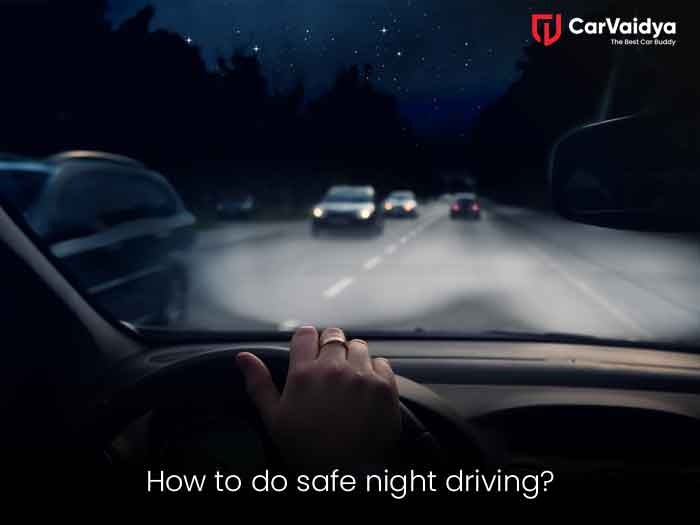Driving at night poses unique challenges and risks that demand extra attention and precautionary measures. Properly setting your car lights is crucial for your safety and the safety of others on the road. Failure to do so can significantly increase the risk of accidents. In this article, we will discuss the importance of setting your lights correctly while driving at night and offer guidelines to minimize the danger of potential mishaps.
Understanding the Risks of Night Driving
Night driving inherently comes with reduced visibility, making it more challenging to identify obstacles, pedestrians, and other vehicles on the road. Properly functioning and correctly set lights are essential to overcome these challenges and ensure a safe journey.
One of the key risks associated with night driving is the increased likelihood of accidents due to reduced visibility. Without adequate lighting, drivers may struggle to see the road ahead, potential hazards, or even other vehicles. This lack of visibility can lead to delayed reactions, misjudgments, and, ultimately, accidents.
The Role of Properly Set Lights
Properly set lights on your vehicle serve as a critical tool for enhancing visibility and reducing the risk of accidents. The combination of headlights, taillights, and indicators contributes to creating a well-lit environment, allowing you to navigate the road with confidence.
Headlights
Adjust your headlights to the proper angle to ensure maximum illumination without blinding oncoming drivers.
Regularly check and clean your headlights to remove dirt and debris that may diminish their brightness.
Consider upgrading to brighter and more efficient bulbs for improved visibility.
Taillights
Ensure that your taillights are in working order, as they alert drivers behind you to your presence.
Replace any burnt-out bulbs promptly to maintain optimal visibility.
Indicators
Confirm that your turn signals and brake lights are functioning correctly to communicate your intentions to other drivers.
High Beams
Use high beams judiciously and only in appropriate situations, such as on unlit roads with no oncoming traffic. Switch to low beams when approaching other vehicles.
Guidelines for Setting Lights at Night
Before Starting Your Journey
Conduct a pre-trip inspection to ensure all lights are functioning correctly.
Clean your headlights and ensure they are properly aligned.
Check the condition of your taillights, brake lights, and turn signals.
Adjusting Headlights
Park your vehicle on a flat surface facing a wall about 20 feet away.
Turn on your headlights and adjust them to align with the height of the wall. The beams should be parallel and slightly lower than the height of your headlights.
High Beams and Low Beams
Use high beams on dark, unlit roads with no oncoming traffic.
Switch to low beams when approaching other vehicles to avoid blinding drivers and causing potential accidents.
Proper Use of Fog Lights
Utilize fog lights in foggy or adverse weather conditions to enhance visibility.
Turn off fog lights when not needed to prevent glare for other drivers.
The Consequences of Neglecting Proper Lighting
Failure to adhere to proper lighting practices while driving at night can have severe consequences. These consequences may include
Increased Accident Risk
Inadequate lighting increases the risk of collisions and accidents, as drivers may not be able to see obstacles or respond quickly to unexpected situations.
Legal Consequences
Neglecting proper lighting practices can result in legal repercussions, including fines and penalties for violating traffic regulations.
Compromised Personal Safety
Driving with improperly set lights jeopardizes your safety and the safety of your passengers.
Conclusion
Ensuring safe night driving is a shared responsibility that starts with each individual driver. By following the guidelines for setting lights at night, you not only protect yourself but also contribute to creating a safer road environment for everyone. Remember that proper lighting is not just a matter of personal preference; it is a fundamental aspect of responsible and safe driving. Take the time to inspect, adjust, and maintain your vehicle's lights regularly, and make a conscious effort to drive with consideration for others on the road. By doing so, you significantly reduce the risk of accidents and ensure a safer and more enjoyable driving experience at night.
You can read some other articles also
Reasons behind Car Engine Overheating Tips & Precautions
The Significance of Vehicle Registrations Plate Colors
Three Add – On Covers to Consider With Car Insurance


0 Comments